Introduction
Hi My Name is Danny Kong also know as JeagerKay On Twitch and our wonderful Gods Unchained Community
Here's a Blog I made compressing and explaining most of the basic mechanics to deck building and cards effects
This Guide is aimed towards new and or casual players of Gods Unchained. Most of the basic are explained here, but I'm sure I might have missed a little thing or 2.
Deck Building
When you get a better feel for the game and it's mechanic it's a good idea to head over the WORKSHOP and practice building your own decks or import pre-build decks of other players.
Take the time to look over Gods and their god powers first
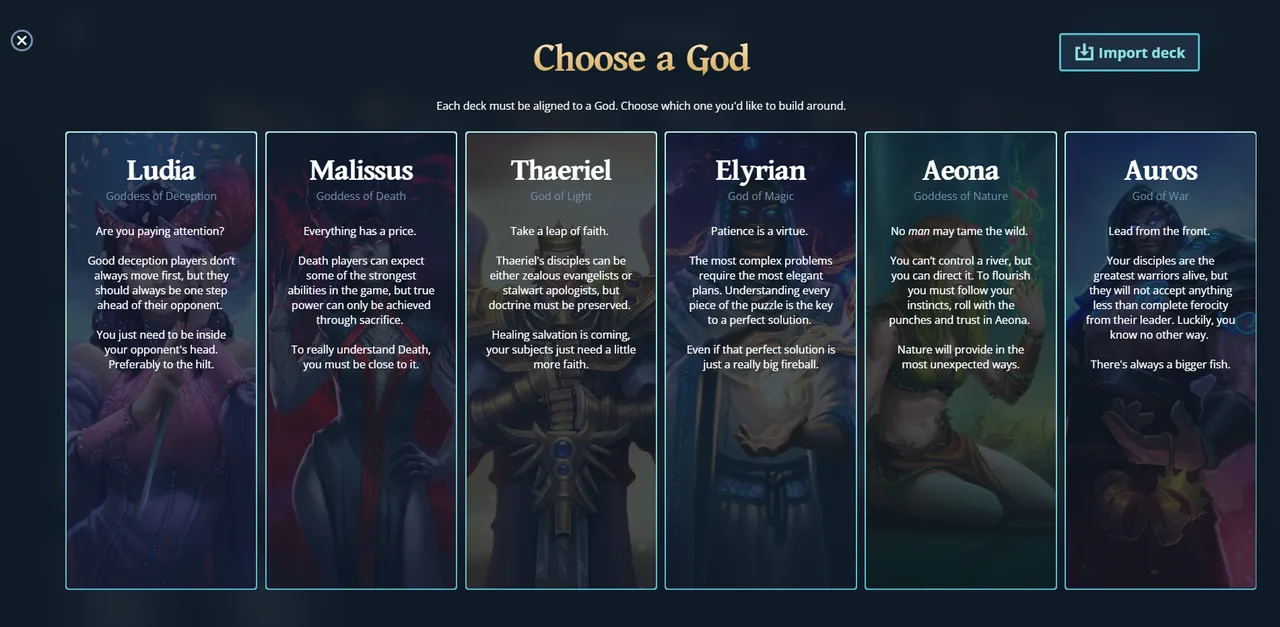
Since the game currently does not have an option to look over available God power's I've compiled some screenshot to help you out.
Deception
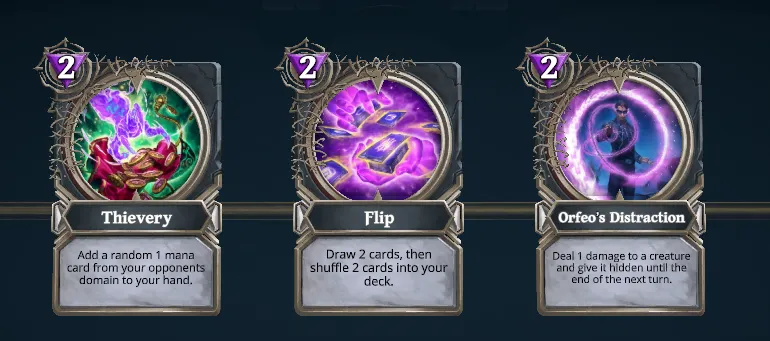
Death
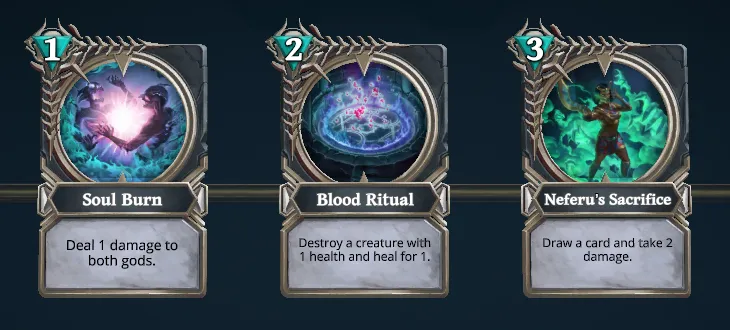
Light
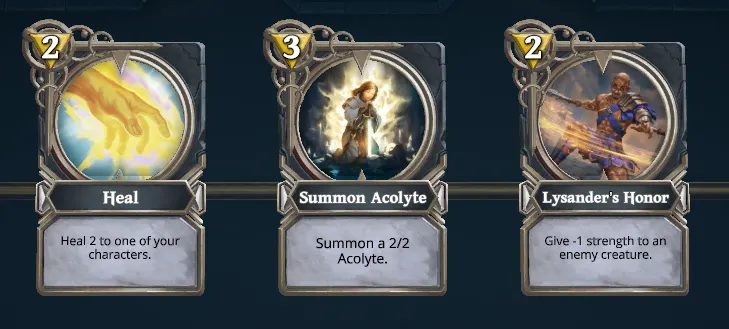
Magic

Nature
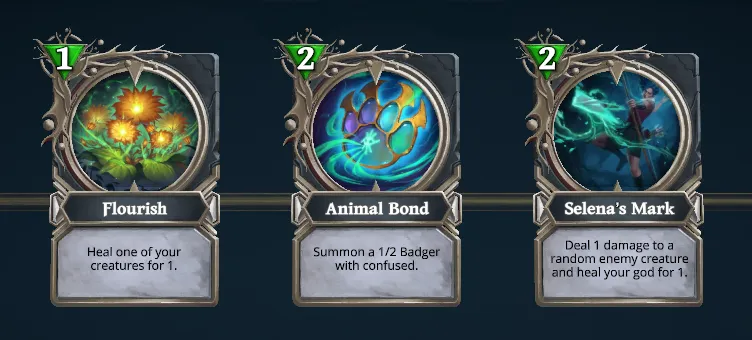
War
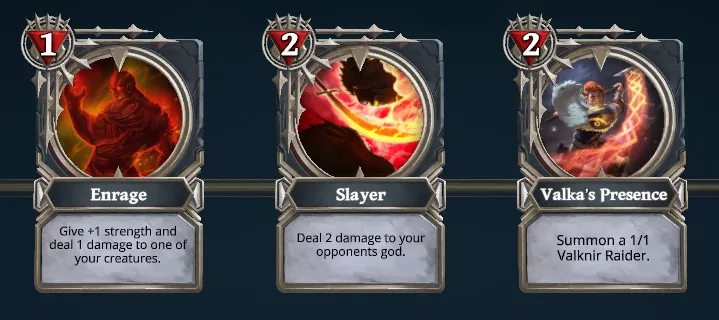
After selecting a God it's time to build your deck.
Start by selecting and adding your cards from your collection.
A possible way to make things easier to browse through your collection is by the use of filters.
Personally I like to use "Group by god" and check "Show Owned"
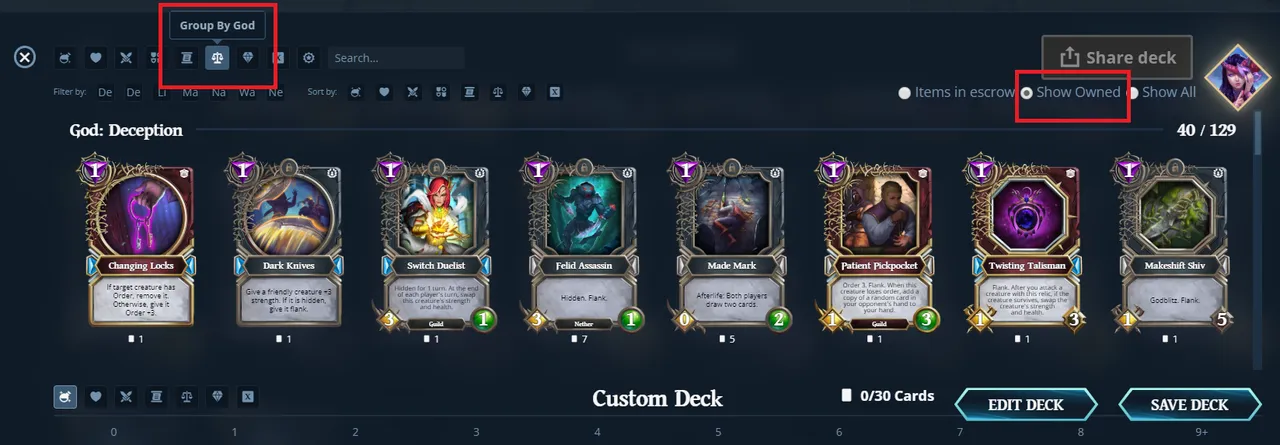
This displays your God themed cards first, followed by the Neutral cards both sorted by mana costs.
(Neutral cards are cards available for all decks) while also hiding all the cards you do not currently own.
Creatures, Spells and Relic Cards
Cards are split into 3 categories: Creatures, Spells and Relics
Creatures: Your Monster with which you attack and defend
Spells: Out of combat actions
Relics: God Weapons to be used with your God, meaning it uses your God's Health.
The artists of the game added distinct designs to each type of card for players to recognize their type.

As seen in the image:
- Creatures have a semi-square border around the artwork
- Spells have a Circular border around the Artwork
- Relics have a Octagon Border around the Artwork
Note: Spells do not have Offense or Defense Stats
Creature Card's Effects
Here will be covering some of the main effects creature cards can have, of course the absolute number one thing to do is READ THE DESCRIPTIONS
Roar: Roar effect on cards immediately take effect when the card is played on the board.
Afterlife: Afterlife effects take effect when this creature card is destroyed
Twin Strike: Gives your creature the ability to attack twice in one turn, however you can not attack the enemy god twice.
Overkill: When This creature attacks and destroy an enemy creature the left over damage is spread among other characters
Deadly: If this creatures does any amount of damage to another creature that creature instantly dies
Summon: Some creatures or Relics can be used to summon additional creature onto the board
Frontline: Creatures with frontline basically protect other creatures on the board. Frontline Creatures need to be destroyed first before you can target other creatures or the god.
Backline: Would be the opposite of frontline. Hiding in the back.
All other creatures on the board need to be destroyed before you can target a Backline creature
Note: Frontline and Backline can be bypassed with Flank, certain spells or Random target actions. They can also be bypassed if given the "hidden" effect
Blitz: Creatures with Blitz can be used immediately after being played on the board to attack other creatures, skipping the sleep phase, they cannot however attack a God right away.
Godblitz: Usually found on relics. Using a relic with Godblitz
give your god the option to either attack your opponent god or a creature immediately after being played.
Hidden: Creatures under the effect of hidden can not be directly targeted for an attack, they can however be hit by random attacks/spells or group target attacks/spells
e.g. if the spell reads deal x damage to a "random" enemy creature, it can hit a hidden creature.
Order: Order basically takes a creature out of combat for a set number of turns, they cannot be targeted by attacks and are unable to attack. Spells however can still damage them.
Protected: Creature with protected will block the next source of damage done to them.
Ward: Creature with ward will block the next source of spell damage done to them.
Deadly: If this creatures does any amount of damage to another creature that creature instantly dies
Burn: Creatures damaged also get a damage over time burn after the turn ends.
Regen: Creature with regen regain a set number of health at the end of the turn.
Leech: Any Damage done by creatures with leech will heal it's god for the same number of damage done.
Armor: Gives a Creature additional defense. Armor works as persistent health. e.g. if a creature has 2 armor and 1 health, you will need to damage if for 2+ damage to effect its health.
Draw A card: Pretty straight forward, receive a card from your deck or from your gods collection.
Foresee: Take a look at a set number of cards. Foresee is usually paired with drawing a card. IMPORTANT When viewing a card you are given the option to select a card to PUT AWAY at the bottom of your deck.
Other Notable Card descriptions
Characters vs Creatures: When a card indicates any character that includes Gods and or creatures.
Obliterate: means this card is taken out of the match. It will not be in the void.
Frenzied: When the opponent's god receive damage of any kind your God becomes frenzied, some extra bonus effects are usually only triggered if you are frenzied.
The Chosen One: Specific to the Light God Deck. Any random card from your deck can be flagged as the chosen one. It's bonus effects are based on the cards played to summons the chosen one.
Outro
I hope this guide helps out at least some people out there who are first starting off with this game and I'm certainly open to hearing feedbacks from everybody.
Be sure to follow me for more blogs or drop in on my twitch channel
twitch.tv/jeagerkay for some friendly casual chitchat. Everybody is welcome :D
